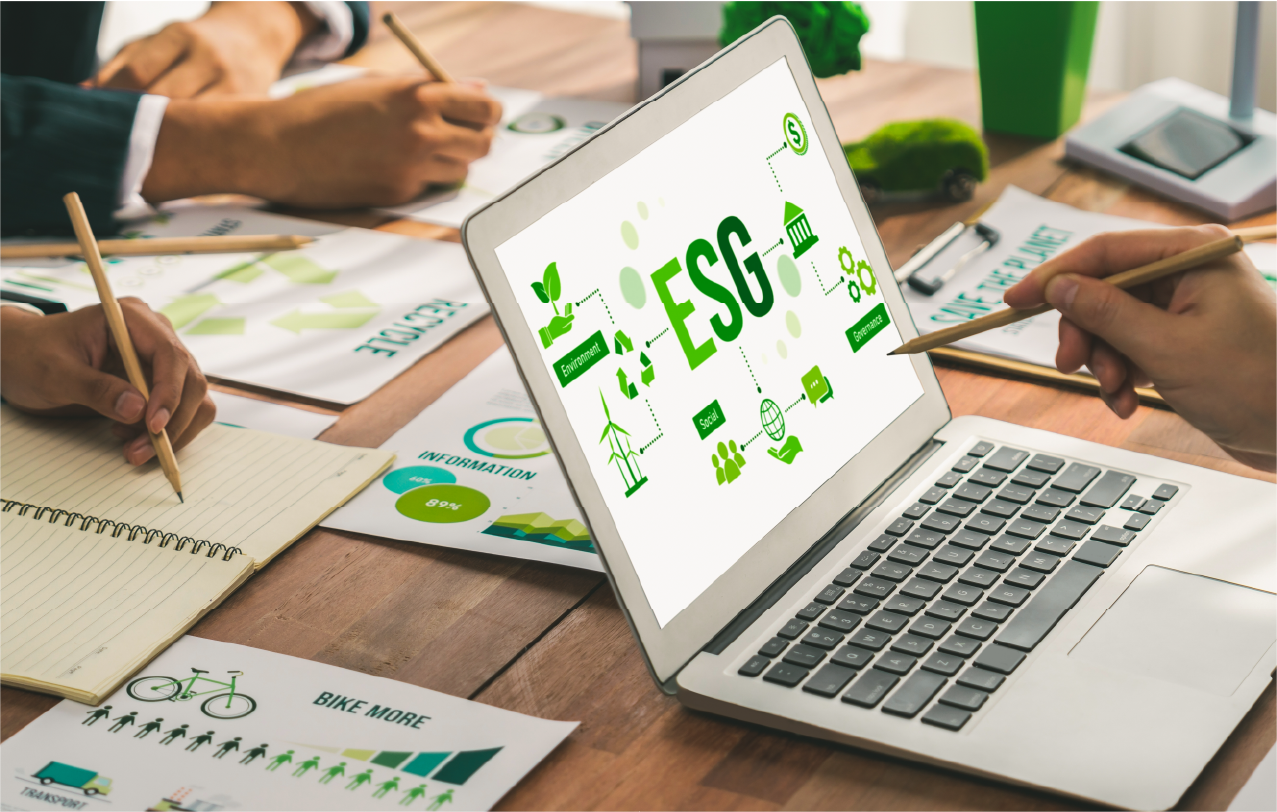Environmental, Social and Governance Risks Management

At BICSA, we support all initiatives that promote the rational use of natural resources and environmental conservation. We are committed to contributing to the fight against climate change through concrete and measurable actions, promoting the conservation of forests, biodiversity, and water resources, fostering a culture of recycling and waste reduction in our facilities, and operating under an Environmental and Social Management System that evaluates the projects we finance to ensure they meet our sustainability standards.
Since 2020, we have implmented an Environmental and Social Management System (ESMS) that assesses our clients’ activities to verify the socio-environmental risks they may face and the mitigation measures they can implement, thus reinforcing our commitment to society and the environment in the region. To this end, we categorize our operations based on their environmental and social impact as High, Medium, or Low.


